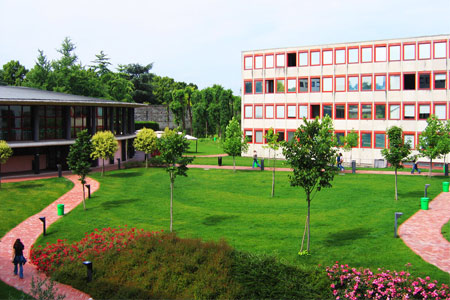Research into communication strategies and English as a Lingua Franca is a developing area of investigation. The contexts and characteristics of ELF communication entail that traditional views of communication strategies as merely compensatory measures by non-native speakers, within a deficit perspective are problematic and have to be re-thought (e.g. Seidlhofer 2011; Mauranen 2012; Leung 2005; Cogo 2009; Jenkins, Cogo & Dewey 2011). Since mutual cooperation is “a major characteristic of ELF communication, along with a strong orientation towards securing mutual understanding regardless of ‘correctness’, for example by employing a ‘let it pass’ and ‘making it normal’ strategies” (Jenkins, Cogo & Dewey 2011: 290), a different paradigm ought to be taken into account in the analysis of ELF interactions. Although traditional classifications of communication strategies may be useful, this new paradigm should be set within an interactional approach (Wagner & Firth 1997; Firth 1996; Aston 1998), viewing and analyzing ELF talk in its specificity (Mauranen 2012; Konakahara 2012; Jenkins, Cogo & Dewey 2011).
So far, some studies have focused on communication processes, mainly dealing with co-operative strategies that lead to successful communication and mutual understanding, or to how miscommunication is resolved in ELF talk (Mauranen 2006, 2012; Björkman 2011; Kaur 2009, 2011; Cogo 2009; Hynninen 2011; Bjørge 2010; House 1999; Meierkord 2000; Pitzl 2005; Hüttner 2009). Repetition, paraphrasing, as well as self- and other-repair and pre-emptive moves emerge as relevant strategies, together with a co-operative exploitation of multilingual resources and repertoires (Jenkins, Cogo & Dewey 2011; Hülmbauer 2007; Cogo 2009, 2012; Vettorel 2014).
Further research in this area is however needed, both in the identification of strategies for successful meaning co-construction, and in the implications this can have for ELT, still a largely unexplored area. Seidlhofer (2002, 2011) has highlighted the importance of this area in teacher education and in pedagogic practices, and other leading ELF scholars have stressed how communicative competence ought to be re-thought and re-defined in the new contexts of ELF interactions (Dewey & Leung 2010; Alptekin 2010), also in connection to the development of a communicative ‘capability’ (Widdowson 1978, 2003, 2012). It seems thus fundamental to explore how this area is treated in existing pedagogic materials in relation to ELF (e.g. Vettorel & Lopriore 2013), and to devise both teacher education (e.g. Bayyurt & Sifakis 2015a, 2015b; Dewey 2012, 2015; Bayyurt & Akcam 2015; Vettorel 2015; forthcoming) and instructional activities aimed at the development of communication strategies in teaching English as a Foreign Language (Vettorel 2010; Mariani 2010; House 2012; Lopriore & Vettorel 2015, forthcoming), in line with that shift in perspective that is advocated to include a more ‘realistic’ view of the reality of English today.
Given this theoretical framework, the Research Project will focus specifically on communication strategies that are employed by ELF speakers in order to reach effective communication. Starting from the categories identified and discussed in traditional literature the project will focus on those communication strategies that prove to be most useful in ELF settings to negotiate meaning and reach successful communication, setting them within an interactional perspective (e.g. Wagner & Firth 1997; Firth 1996; Aston 1998).
Importo previsto missioni: € 7000







